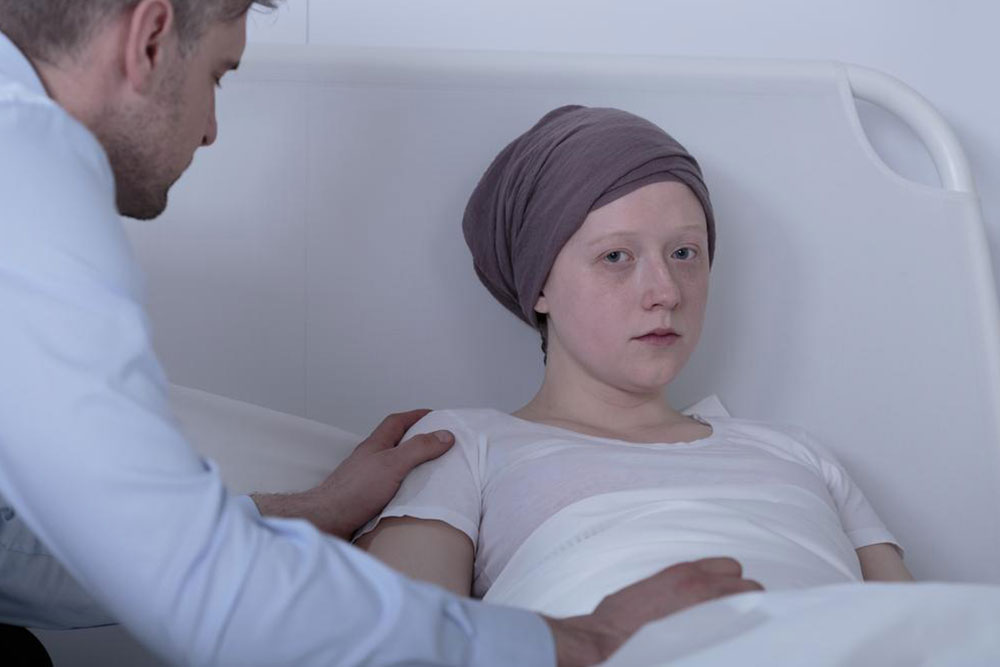Comprehensive Advances in Non-Hodgkin Lymphoma Diagnosis and Treatment Strategies
Explore the latest strategies in diagnosing and managing non-Hodgkin lymphoma. This comprehensive guide covers disease staging, innovative treatment options like chemotherapy, radiation therapy, and stem cell transplants. Understand how personalized care plans are shaping better outcomes for patients with NHL across various stages. Stay informed about advancements in targeted therapies and supportive care, ensuring optimal management of this complex blood cancer.

Innovative Approaches in Managing and Treating Non-Hodgkin Lymphoma
Non-Hodgkin lymphoma (NHL) is a complex and diverse group of blood cancers originating from lymphocytes, which are white blood cells integral to the immune system. Accurate staging of NHL is a critical step that informs treatment decisions and helps healthcare providers determine the extent and spread of the disease. The current system predominantly relies on the Lugano classification, an evolved framework building upon the traditional Ann Arbor staging system. This classification divides adult NHL into four stages, from I to IV, based on how widespread the disease is within the body. Understanding these stages enables tailored treatment plans, improves prognosis predictions, and guides follow-up care.
The early stages, I and II, generally involve localized disease that may be confined to specific lymph node regions or extranodal sites. These stages are often associated with better outcomes and less aggressive treatment requirements. The inclusion of the suffix 'E' indicates extranodal involvement, meaning the cancer has spread outside the lymphatic system to adjacent tissues or organs.
Stage I
Staging for NHL at this level involves the presence of cancer in a single lymph node region. It can also involve a single lymphoid organ, such as the tonsils or thymus, which are part of the immune system's lymphatic network. The disease is localized, and treatment approaches are often less intensive, with high rates of remission.
Stage II
This stage signifies that two or more lymph node regions on the same side of the diaphragm are affected. Alternatively, the disease may involve one lymph node region along with an adjacent extranodal site, known as stage IIE, indicating a slightly more advanced disease with potential local spread.
Stage III
Involvement now extends across lymph node regions on both sides of the diaphragm — encompassing areas above and below the diaphragm. This stage may also include the involvement of the spleen or localized extranodal sites, reflecting more systemic disease progression.
Stage IV
The most advanced stage, characterized by extensive disease spread into one or more extranodal sites such as the bone marrow, liver, or lungs. At this point, the disease involves multiple organs or tissues, requiring aggressive treatment strategies.
Managing non-Hodgkin lymphoma requires a nuanced understanding of its progression and various therapeutic options. The treatment plan is highly individualized, based on the specific stage, subtype, patient health status, and other factors. Common management approaches include chemotherapy, targeted therapies, radiation therapy, and stem cell transplants. These modalities aim to eradicate cancerous cells, control disease progression, and improve quality of life.
Chemotherapy: The Cornerstone of Treatment
Chemotherapy involves the administration of potent anti-cancer medications that target rapidly dividing cells, which form the basis of malignant growth in NHL. These drugs can be administered orally or intravenously and are often given in cycles to maximize effectiveness while managing side effects. Chemotherapy plays a vital role in both curative and palliative settings, improving survival rates and, in some cases, achieving complete remission.
Radiation Therapy: Targeted Disease Control
Radiation therapy utilizes high-energy ionizing radiation to destroy cancer cells within localized areas. It is frequently employed following surgical removal of tumors or as a supplementary treatment alongside chemotherapy. This modality is especially beneficial in early-stage disease or for residual disease after initial therapy, helping to prevent relapse.
Stem Cell Transplantation: Advanced Treatment for Refractory Cases
Stem cell transplantation is an advanced, potentially curative option for patients with aggressive or relapsed NHL. This involves harvesting healthy stem cells from the patient (autologous transplant) or a compatible donor (allogeneic transplant), then reinfusing them after high-dose chemotherapy or radiation to eradicate residual malignant cells. Successful transplantation requires precise matching of human leukocyte antigens (HLA) between donor and recipient, minimizing immune rejection and graft-versus-host disease.
Pharmacological Interventions and Supportive Care
Chemotherapy regimens, tailored based on disease specifics, remain the mainstay of pharmaceutic management.
Bone marrow stimulants, like granulocyte-colony stimulating factor (G-CSF), may be used to support blood cell production, especially during intensive chemotherapy.
Steroids, such as prednisone or dexamethasone, are employed to reduce inflammation, control symptoms, and enhance the efficacy of combination therapies.
In addition to these treatments, ongoing research continues to develop targeted drugs which inhibit specific molecular pathways involved in NHL progression, promising more personalized and effective therapies in the future.
Furthermore, participation in clinical trials offers access to cutting-edge treatments and contributes to advancing the understanding of lymphomas. Early diagnosis, precise staging, and a multidisciplinary approach are critical components in improving patient outcomes in non-Hodgkin lymphoma management.





